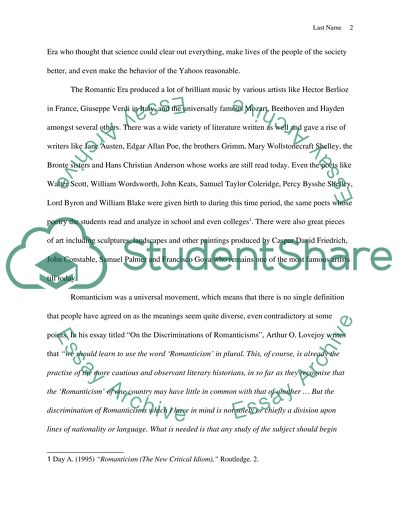Cite this document
(“Romanticism (or the Romantic era/Period) Assignment”, n.d.)
Retrieved from https://studentshare.org/history/1474128-romanticism-or-the-romantic-era-period
Retrieved from https://studentshare.org/history/1474128-romanticism-or-the-romantic-era-period
(Romanticism (or the Romantic era/Period) Assignment)
https://studentshare.org/history/1474128-romanticism-or-the-romantic-era-period.
https://studentshare.org/history/1474128-romanticism-or-the-romantic-era-period.
“Romanticism (or the Romantic era/Period) Assignment”, n.d. https://studentshare.org/history/1474128-romanticism-or-the-romantic-era-period.


